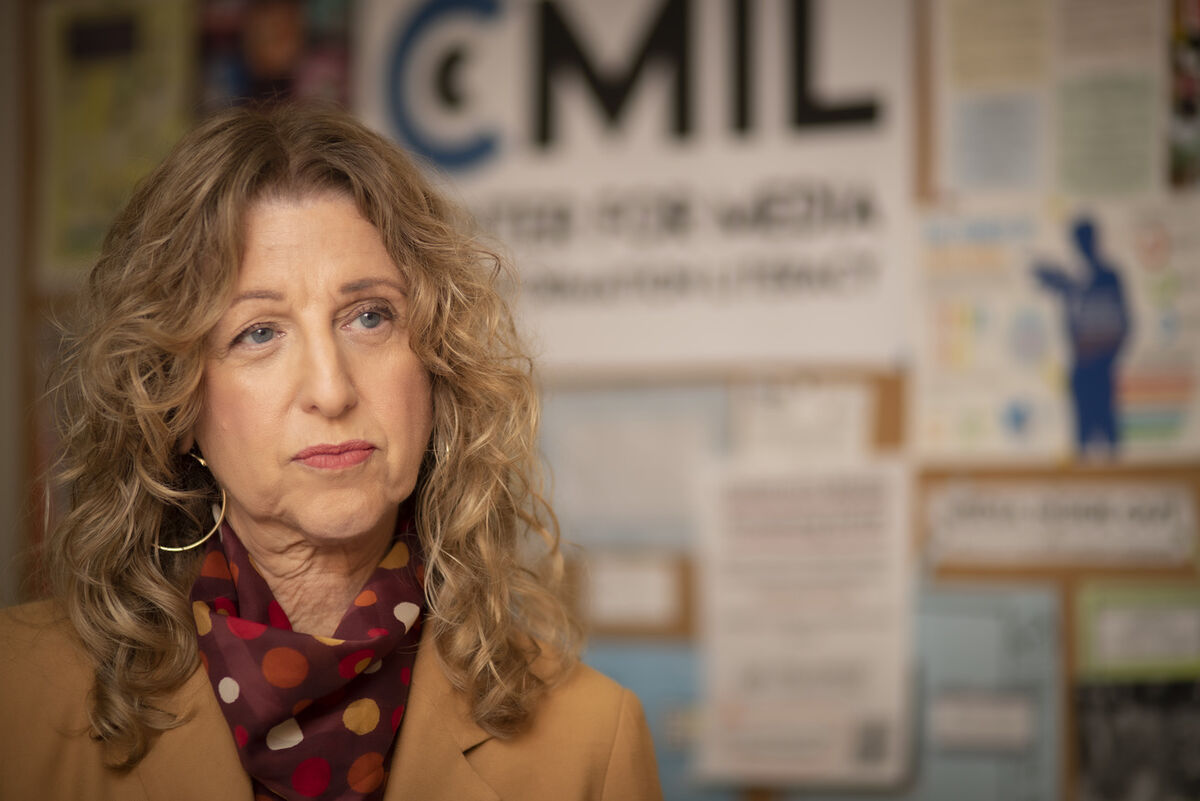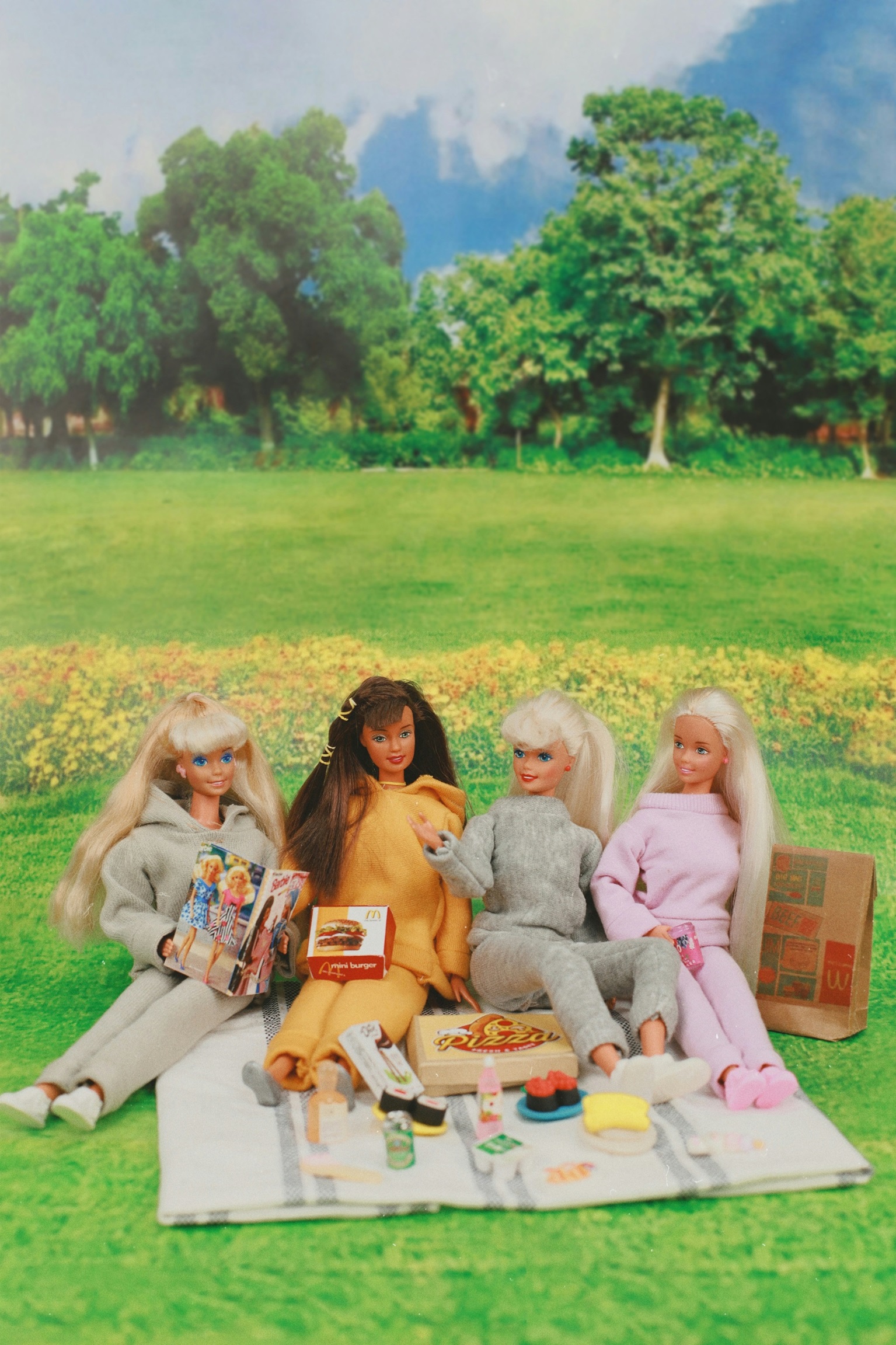Come Play With Me has 16.7 million subscribers via YouTube. Its primary content: videos that revolve around children playing with dolls. Titi Toys and Dolls, which has 5.66 million subscribers, offers similar content.
Similarly, there are thousands of YouTube channels and videos devoted to showcasing people opening—“unboxing,” as it has been termed—toys. It’s not uncommon for one single video to garner several million views.
As the numbers indicate, vast numbers of people, mostly children, are tuning in to watch this type of media content. But why? What is drawing kids in?
Sherri Hope Culver is one of the foremost academic experts on children’s media content and serves as the director of the Center for Media and Information Literacy (CMIL) at Temple University’s Klein College of Media and Communication and directs the university’s Certificate in Children’s Media.
Culver, a professor of instruction, is also the author of “The Quality Question: Why Children’s Media Must Aim High,” a scholarly report that was published by CMIL in fall 2024. The report provides 15 specific guidelines that serve as recommendations for global children’s media leaders as they work to create all types of media, from television to podcasts to video games for children.
Temple Now caught up with Culver to get a better understanding as to why alternative media content appeals to children.

Sherri Hope Culver is one of the foremost academic experts on children’s media content and serves as the director of the Center for Media and Information Literacy (CMIL). (Photo by Ryan S. Brandenberg)
Temple Now: One of the first things that is difficult to understand is how children even find this type of content. For instance, how do they go from watching a movie like Frozen to watching a YouTube video of adults playing with Frozen dolls?
Sherri Hope Culver: Whenever someone accesses a streaming platform or app like YouTube, that app starts to focus on doing whatever it can to keep you watching. So, let’s say one of your kids decides to watch a video, and the video that they watch has cats in it, and the cats are doing something silly. Immediately, the algorithm knows that somebody watched something for 30 seconds, it knows that the video included cats and it knows the cats were silly. It may even have enough information to deduce the viewer’s age. But almost immediately, it is going to start serving that viewer more cat videos.
It is the same with other topics, too. If your child is watching videos from Frozen, the algorithm knows the user likes content related to that, so it’s not uncommon for it to start recommending Frozen-related videos, including videos of people playing with dolls from the movie.
TN: There is no shortage of high-quality children’s media content out there. So, why would a young person want to watch this content of people playing with toys as opposed to something that is more professionally produced?
Culver: Well, I think you said it right there. The people in these videos are playing with toys and kids are likely to be attracted to anything involving toys! At each stage of development, kids are trying to figure out who they are. They are exploring their own identity. At 2 or 3 years old, a child is starting to ask themselves, “What do I like? What is my thing?” What they like at that age very much becomes their thing. For instance, a scene that plays out in many homes is when a child’s siblings try to eat Cheerios, and the child says, “You can’t have Cheerios. Those are MY favorite! They’re MINE!” Kids get very possessive about the things that they have deemed to be “theirs.” They are looking for ways to create an identity for themselves and the choices they make about the items in their life are one of the only ways a child can express their power.
When kids engage with media of any kind, they naturally connect to certain characters. That engagement can lead to a parasocial relationship with a character. They think, “I understand this character. I like him/her. This character likes me, too. We are friends. And I can engage with them whenever I want.” So, if I’m a child and I love the movie Frozen, I feel connected to those characters. I want to be with my friends from Frozen all the time. I want a lunchbox with those characters, I want my comforter on my bed with those characters, and I want all the other stuff I watch on YouTube or TikTok to be connected to those characters. It’s really about the connection, the relationship.
In those videos where there are teen hands or adult hands playing with dolls, I can tell you that those hands mean nothing to those kids watching. If you asked your child, “Did you notice the hands holding the dolls?” I would be surprised if they even noticed them or could say anything about them because why would they be looking at hands if they have Frozen dolls to look at? For them, it’s just more of an opportunity to feel connected to characters that they love.
TN: You have studied children’s media content thoroughly and have your scholarly work outlines guidelines for content creators to consider when making children’s media content. With this type of content, do you think it is OK for children to view it? Or do you see it potentially having a negative effect?
Culver: As with everything with children, it’s all about balance, right? Context matters a lot in these situations. If your child is watching whatever it is that they love to watch, and they want to watch more of those characters, and they’re doing that once every few days or once a week and they’re doing it with a caring adult sitting beside them, I think that’s fine.
A child could even be watching what we or others might deem “bad media for kids,” but if watching that video is just a small sliver of what they’re doing with their lives and the rest of their lives are spent in loving relationships with good people, then it’s probably not having a huge impact.
What I really want kids and families to be thinking about is how they make choices about the content that their kids consume? Are you having conversations with your kids about what to consider when deciding what to watch or play or listen to? Are you making media choices with your eyes wide open, with knowledge and conscious choice? Or is your child turning the television on or the computer on because they don’t have anything to do? Are you giving your child a tablet without thinking a whole lot about what they’re seeing and how much of it they’re seeing? Or are you selecting specific apps and games on the tablet for them to use? And are you, the caregiver, engaging with them? The key is making decisions that are right for your family and for your children. Thinking critically about media and making conscious choices about the media you and your children use are the actions of a media literate person.
Also read
The Klein College of Media and Communication: The Klein College is rooted in creativity, collaboration and innovation. Located in one of the nation’s largest media markets, students have a front-row seat to the ever-changing media industry—and they evolve with it. A close-knit community within a large R1 research university, so students can take advantage of endless opportunities and resources while they create ideas and relationships with their peers and professors. Together, students and faculty make an impact and are ready to change the world of media as we know it—in Philadelphia and beyond. Learn more.
The Center for Media and Information Literacy (CMIL): CMIL was established in 2012 at the Klein College of Media and Communication, Temple University as a hub for research, outreach, education, and professional development on issues involving media literacy and information literacy locally, nationally, and internationally. Read more.
The Caroline Kimmel Pavilion for Arts and Communication: Scheduled to open at the start of the fall 2027 semester, the new facility will serve as teaching spaces for Klein College of Media and Communication; the School of Theater, Film and Media Arts; and the Boyer College of Music and Dance. With a prime location on the west side of Broad Street directly across from the entrance to Polett Walk, the Kimmel Pavilion will also serve as a community hub for activity, education and entertainment. Learn more.
Become an Owl: Learn more about applying for one of our undergraduate, graduate or professional programs.

